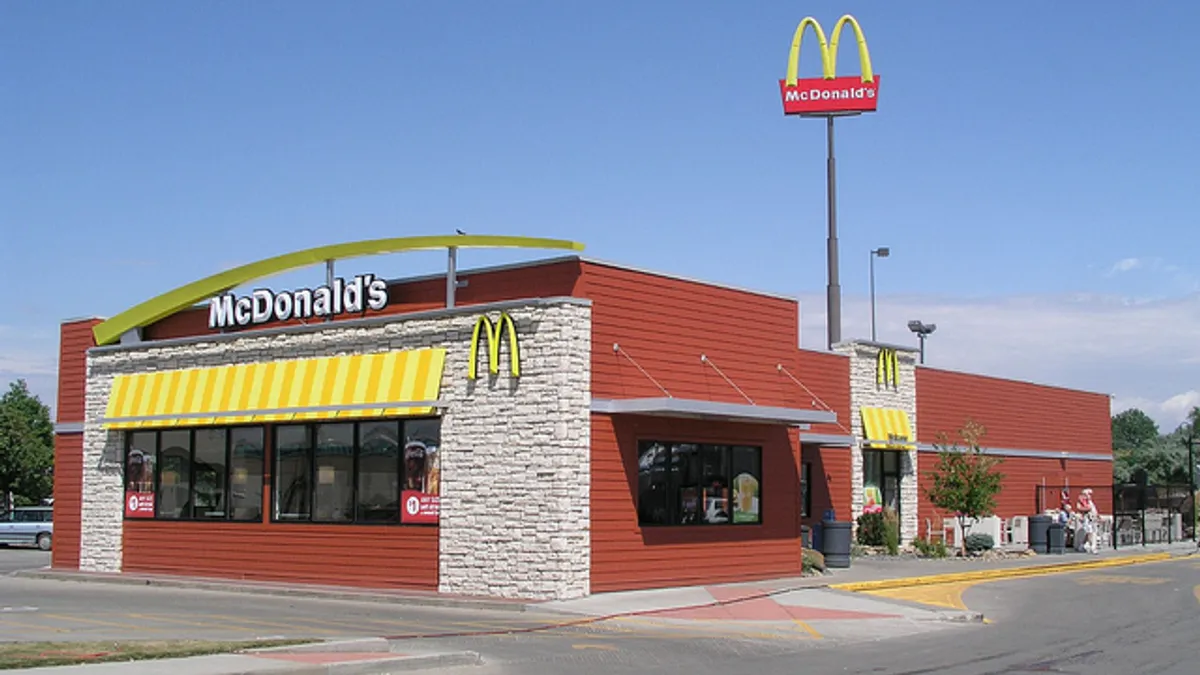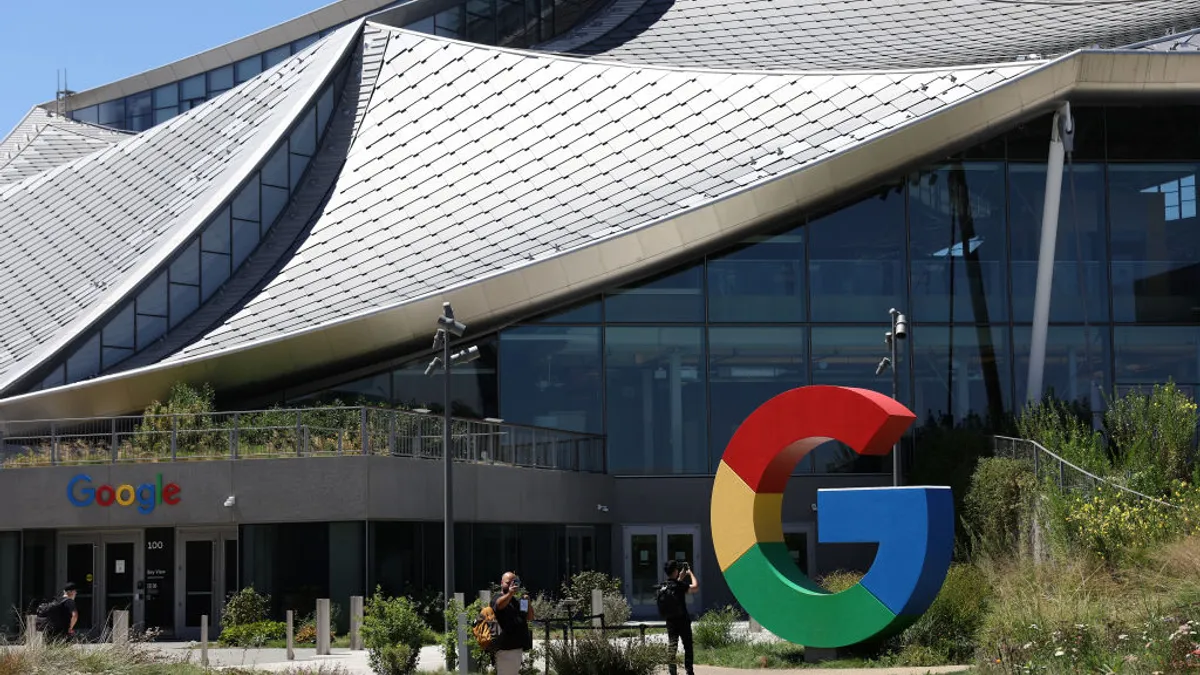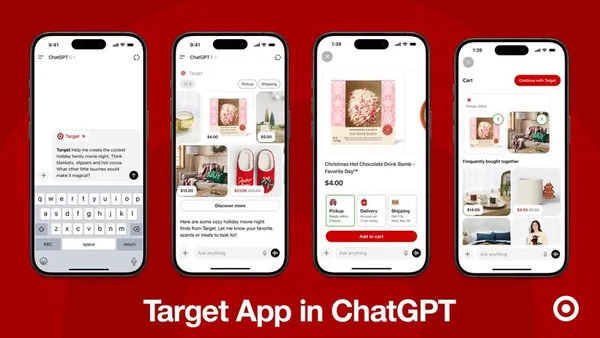Dive Brief:
- McDonald’s is poised to become the first major fast-food chain to implement mobile ordering at all U.S. locations, according to a report in CNBC. It’s expected to launch at 14,000 restaurants in the U.S. and 20,000 globally by the end of 2017.
- McDonald’s has been testing mobile ordering in the California communities of Salinas and Monterey, and Spokane, Wash., which combined contain 80 restaurants. Customers using mobile ordering place orders on McDonald’s’ app and retrieve their orders inside a restaurant, in the drive-thru or at curbside pickup that allows them to skip the drive-thru. The app has geo-fencing capabilities to recognize where customers are in relation to McDonald’s’ locations.
- The chain is pouring $1.7 billion into capital expenditures this year as it modernizes locations and the technology supporting them. In addition to mobile ordering, McDonald’s is adding self-service touchscreen kiosks to 2,500 restaurants this year that can pull up customers’ app profiles to reveal menu favorites and preferred payment methods.
Dive Insight:
McDonald’s Big Mac mojo needs a jolt. The fast-food giant ceded 500 million customer visits to competitors over the last five years, only 20% of millennials have bitten into its iconic burger creation and its Q4 sales in the U.S. slid 1.3%. Mobile ordering is one of the ways the chain hopes to drive sales. Others attempts at heating up sales include delivery, Snapchat job applications, self-service kiosks, table service, and upscale burgers and chicken sandwiches. The rationale for mobile ordering is to ramp up an already important differentiator for McDonald’s — convenience — and layer it with customization to boost its customer base.
McDonald’s isn’t a mobile ordering pioneer. Starbucks, Domino’s, Panera Bread and Dunkin’ Donuts embraced the concept before the Golden Arches did. Experiences in mobile ordering to date demonstrate why McDonald's is eager to participate. A Deloitte survey on fast-food mobile ordering revealed the service can lift customer visits by 6% and average spending by 20%. And that doesn’t delve into the data collection possible that restaurants can leverage to improve customer relationships, services and food options.
With its massive size, McDonald’s will certainly be a major driver of how mobile ordering takes shape in the future. It can amplify awareness of app ordering to drive up its own mobile activity as well as the mobile purchases at rival restaurants across the spectrum.
But mobile ordering isn’t worry-free. There are concerns involving food freshness, technology hiccups and privacy. Some businesses have struggled with the operational aspect and how to ensure mobile orders can quickly pickup their food upon arrival. For some like Starbucks, mobile ordering has resulted in long lines as stores.












